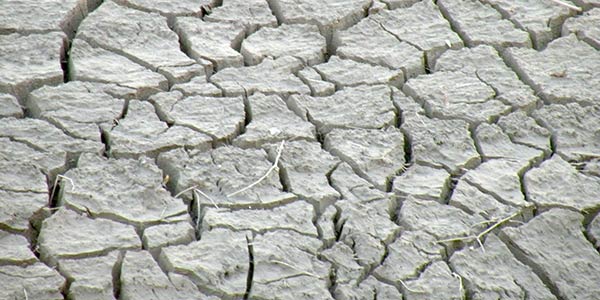Plants have remarkable defenses. Some are obvious. Thorns. Prickles. Stinging nettles. And some are far more covert—like releasing volatile organic compounds (VOCs) to chemically signal nearby plants of threats. This is the topic of an important Scientific American article entitled “Extreme Weather May Raise Toxin Levels in Food, Scientists Warn.”
Undeniably, climate change is creating extreme weather patterns. Temperatures are on this rise. Droughts and super storms are occurring more frequently, with greater intensity. Crops are responding to these stressors and threats by doing what they naturally do.
A Brittanica post entitled “Botanical Barbary: 9 Plant Defense Mechanisms,” explains that when a plant is subjected to stressful conditions, such as drought, they release VOCs, which precipitate physiological reactions in nearby plants. In response, these plants may increase concentrations of toxic compounds or release compounds of their own. Experiments have also shown that plants communicate through chemicals released by their roots and through networks of fungal symbionts.
According to Scientific American, food crops are engaging their defenses and generating more of these chemical compounds in response to extreme weather. The article cites a report by the United Nations Environment Programme (UNEP) stating that crops such as wheat and maize are generating more potential toxins. These chemical compounds are harmful to people and animals if consumed for a prolonged period of time.
There are a number of potential threats resulting from the way crops are responding to climate change:
- Under normal conditions, plants convert nitrates into amino acids and proteins. This conversion is slowed or stopped altogether under prolonged drought conditions, so the plant’s nitrate content becomes elevated. Consuming too much nitrate impacts the ability of red blood cells to transport oxygen. Crops susceptible to this change include maize, wheat, barley, soybeans, millet and sorghum.
- When very dry conditions are suddenly punctuated by heavy rainfalls, crops experience rapid growth and can accumulate hydrogen cyanide (also known as prussic acid), which interferes with oxygen flow in humans. Flax, maize, cassava and sorghum plants are vulnerable to this accumulation.
- Extreme weather shifts also increase the spread of aflatoxins (molds), which raise the risk of liver damage, cancer and blindness. As with the threats mentioned above, this poses the greatest risk to people in developing countries. But the UNEP report cautions that Europe will be at a growing risk from aflatoxins if global temperatures rise by at least 2 degrees Celsius.
Triggering the release of VOCs is one of many consequences climate change could have on our food system. It just stands to reason that we all need to bring more consciousness to our daily diet and lifestyle decisions to slow its progression.

